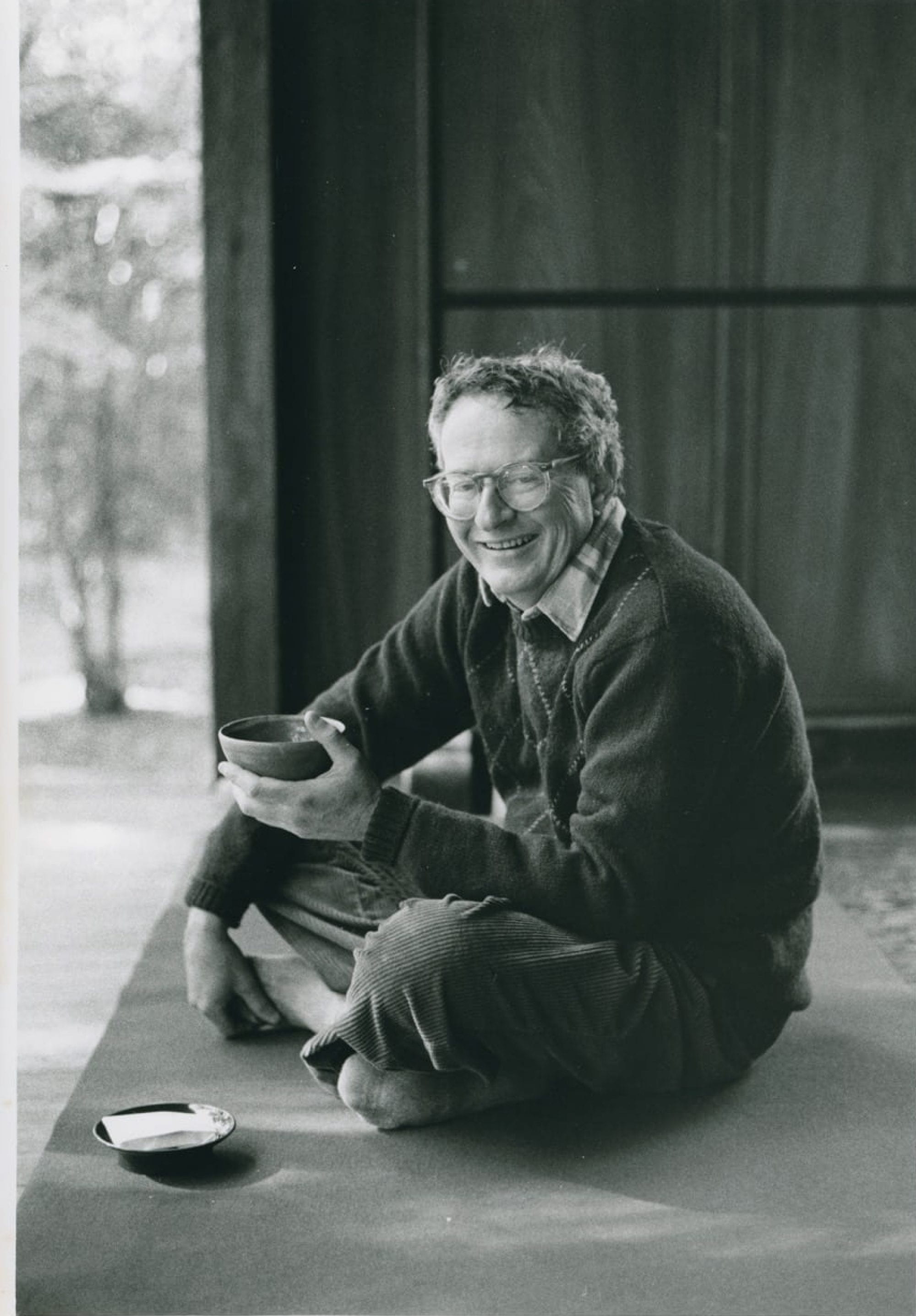Artists: Katsushika Hokusai 葛飾北斎 (1760-1849), Katsushika Ōi (ca. 1800-ca.1870) and others
Editor: Hasendō Yoboke 巴扇堂暮気 (?-1820)
Title: Kyōka kunizukushi 狂歌国尽 ‘Mad Verse’ of Selected Provinces
Date: ca. 1810
Medium: Woodblock printed, ink on paper
Gift of Arthur Tress, Arthur Tress Collection of Japanese Illustrated Books, Hokusai 43
Katsushika Ōi (応為) was one of the rare women artists to forge a career in Edo-period Japan. Like other women artists at the time, she was able to do so due to her family connections; in her case, she could work as a professional illustrator and painter because she was one of Hokusai’s daughters. She was trained in her father’s studio, often assisting in preparing materials and learning to draw alongside his other students. This book includes her first printed illustration, a scene of sailboats in the mist, and is signed “from the brush of the woman Ei” (using her personal name, Ei) on the right opening. She was likely only about ten years old at the time this was published. 
This book is an anthology of poetry, edited by Hasendō Yoboke, with an opening illustration by Hokusai followed by those by fifteen of his students; Ōi is included in this grouping as equal to all. The poems that appear in each double-page opening were submitted and ranked by a group of leading poets; the judges’ ratings appear as a list of numbers between the poet’s name and the poem itself.
The concept of the anthology seems to have been for each poet to write a poem related to one of the provinces (called kuni in the period). Here, the poet Utanoya Mahagi (歌廼屋真萩) writes about the province of Enshū (now Shizuoka) and its famous site, Hamamatsu, located along the coastline and with rising mountains beyond. Hamamatsu was one of the fifty-three stations of the Tōkaidō road linking Edo to Kyoto; its name referred to the pine trees (matsu) that grew in the sand by the bay (hama). Period imagery often shows the motif of pines grown in sand and with the sea beyond to mark this famous place.
The poem starts on the upper right and proceeds to the left, then breaks to begin again in the lower register, from right to left. It puns on Enshū (as a distance province) as well as on Hamamatsu’s piney shore:
夏草のしけるる / 遠州 / はま松は
ひろい / やう / ても / せまい / 道野 /邉
And can be translated as:
Hamamatsu, in the distant province of Enshū,
grows thick with summer grasses and
with its pines on the shore
seem so vast yet
the road and fields so narrow
In this period poetry always included references to the season, as here in the summer grasses. The poet also plays with contrasts in the wide open space of the sea and the narrowness of road and fields skirting the terrain between dunes and mountains.
Ōi married one of Hokusai’s other students, Minamizawa Tōmei, in about 1824, but by 1827 she separated from her husband and returned to live with Hokusai, working alongside her father until his death in 1849. She assisted him with his many commissions during this period, perhaps even contributing to some of his most famous paintings, prints and illustrated books. After her father’s death, she worked as an independent artist until about 1870, making paintings and designing two illustrated books under her own signature.
Other collections:
British Museum
Selected reading:
John T. Carpenter, “The Literary Network: Private Commissions for Hokusai and His Circle,” in Designed for Pleasure: The World of Edo Japan in Prints and Paintings, 1680-1860, ed. by Julia Meech and Jane Oliver (New York, 2008), 143-68.
Julie Nelson Davis, “Hokusai and Ōi: Art runs in the Family,” British Museum blog (2017): https://blog.britishmuseum.org/hokusai-and-oi-keeping-it-in-the-family/
Kobayashi Tadashi, “The Floating World in light and shadow — Ukiyo-e paintings by Hokusai’s daughter Ōi,” Hokusai and his Age: Ukiyo-e Painting, Printmaking and Book Illustration in Late Edo Japan, translated and adapted by Julie Nelson Davis, edited by John T. Carpenter (Leiden, 2005), 92-103.
Kubota Kazuhiro. Hokusai musume, Ōi Eijo shū (Tokyo, 2015).
Posted by Julie Nelson Davis, March 14, 2022

